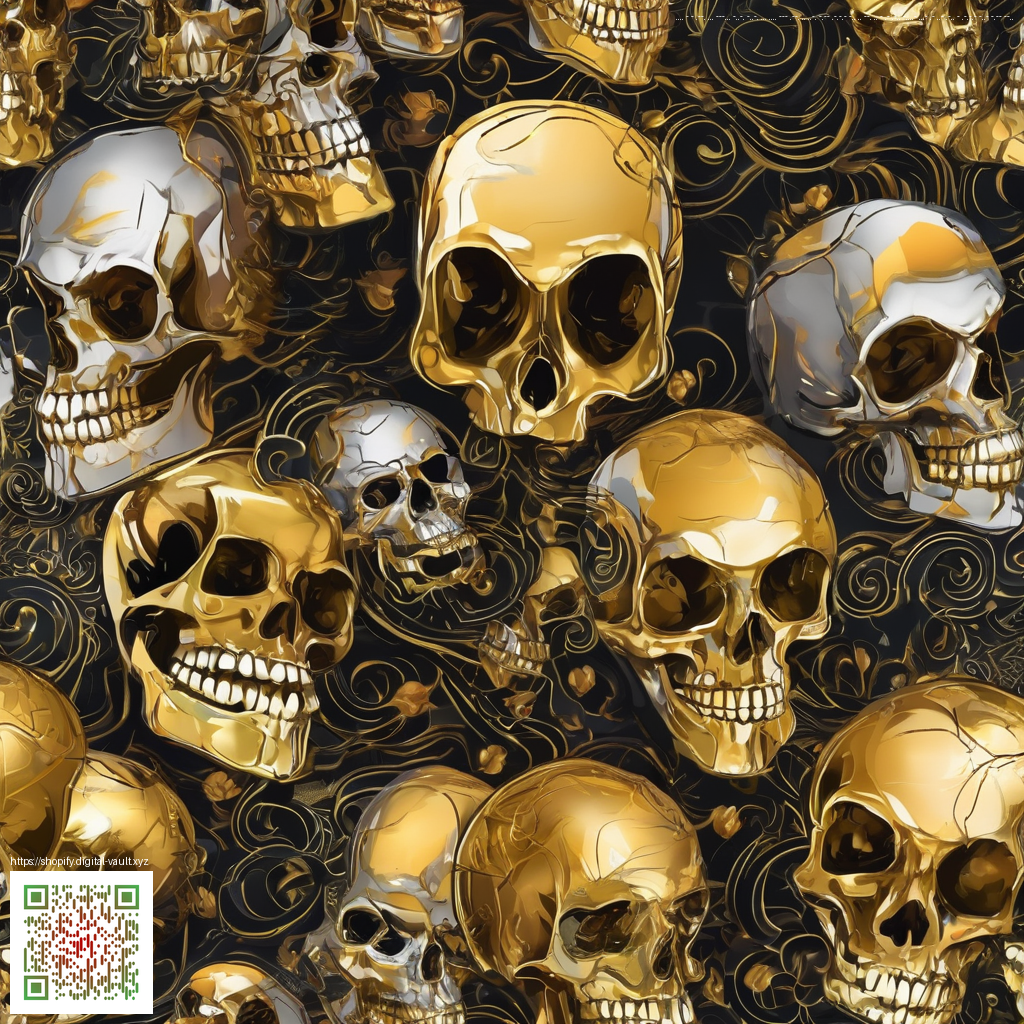
Designing Color Palettes for Digital Design Packs
Color is more than decoration—it's a guiding force that tells a story, sets mood, and harmonizes a collection of assets. When you’re assembling digital design packs for UI kits, game assets, or marketing templates, a thoughtful color palette acts as the invisible framework holding everything together. A strong palette helps designers move quickly, maintain consistency across icons, illustrations, and typography, and communicate the right tone to your audience.
Before you dive into swatches, ground your work in a few core principles of color theory. Start with the idea that color relationships create harmony or contrast. A well-balanced palette often balances structure (neutral anchors) with personality (vibrant accents). The goal is to provide enough variety to support different assets, while preserving a cohesive look across the entire pack.
Choosing a palette type that fits your project
- Analogous palettes rely on colors next to each other on the wheel. They feel cohesive and calm, ideal for UI systems or product branding that prioritizes readability and subtlety.
- Complementary palettes pair opposing hues for vibrant contrast. This approach can make call-to-action elements or hero illustrations pop without becoming chaotic.
- Triadic palettes use three evenly spaced colors for lively, balanced energy—great for dynamic game assets and fresh web layouts.
- Tetradic palettes expand the color family to four hues, offering bold versatility for multi-asset packs that include icons, backgrounds, and typography.
- Monochromatic palettes revolve around tints, tones, and shades of a single hue. They’re perfect for consistent branding with restrained, professional vibes.
Each approach serves a different purpose. The key is to define the role of color in your pack—where the dominant color lives, where neutrals anchor the design, and where accents provide emphasis. For many designers, starting with a base hue and then building outward with harmonies is a reliable workflow that scales across dozens of assets.
A practical workflow for building palettes
- Define the brand temperament and the primary use cases for the design pack (UI, illustrations, marketing assets, etc.).
- Choose a base color that embodies the vibe you want. From there, derive secondary and tertiary colors that align with your chosen harmony.
- Layer neutrals and accessibility—neutrals (grays, off-whites, and muted tones) provide balance, while accessibility concerns guide contrast choices for readability.
- Build scale and variation by creating light, mid, and dark versions of each color to accommodate backgrounds, surfaces, and typography.
- Document tokens with names like brand-blue-900, neutral-100, and accent-pink-500 so designers can quickly apply the palette consistently across assets.
For designers curating a visual toolkit that translates well to physical or digital merchandise, consider how your palette will render on different materials. A thoughtful palette can influence product photography, marketing banners, and even packaging visuals. If you’re exploring real-world examples for palette storytelling, you can review layouts and color strategies on the Similar Content page to see how color decisions pair with product photography and typography choices.
“The right palette isn’t just about color; it’s about guiding emotion, readability, and action across diverse media.”
Speaking of assets, color decisions should work in tandem with the visual identity of your products. For instance, when presenting a premium accessory like a gaming mouse pad, the palette you choose can reinforce the product’s perceived quality and tech-forward character. If you’re curious how color presentation intersects with product visuals, you might browse examples on Shopify’s product pages such as the Gaming Mouse Pad 9x7 Neoprene Custom Graphics Stitched Edge to observe how color, texture, and branding cues come together. See the product details here: Gaming Mouse Pad product page.
Accessibility and testing as part of the process
Inclusive design means color choices should remain legible for all users. Check contrast ratios for text against backgrounds (aim for WCAG AA at a minimum for body text, and AAA for critical assets where possible). Use accessible color pairings for UI components, and verify that color-coded information is also conveyed through shape, texture, or labeling. Simple experiments—swap a palette’s light version into a dark interface and vice versa—can reveal hidden issues and inspire smarter adjustments.
Beyond accessibility, test your palettes in real-world contexts. Create mockups of dashboards, social templates, and icon sets to observe how colors interact across scales and surfaces. A cohesive palette should feel the same whether it’s applied to a large hero image, a tiny badge, or a monochrome illustration.
As you assemble your digital design packs, remember that color is a collaborative language. The more you document and share your palette tokens, the easier it becomes for other designers to reproduce the intended mood and hierarchy across pages, apps, and campaigns. Pair your color strategy with a strong typographic system and a consistent layout framework, and your packs will feel intentional, polished, and ready to deploy.